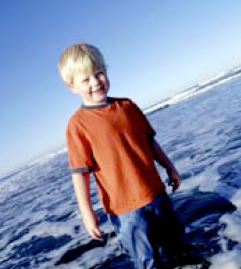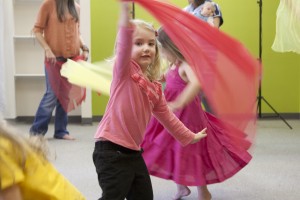Continuing with the series The Neuroscience of Music* we are sharing ways in which early childhood music education can help impact the development of children. This second set of the Wish List series focuses more specifically on School Skills Wish List and the second topic in this set explores how to encourage children to sit still and listen
In a world increasingly swamped with visual and noise stimulation, how many times do parents find themselves frustrated and saying to children “Can you just sit down and listen?” The physiological makeup of our ears might provide some insight, explains Dee Joy Coulter, a nationally recognized Neuroscience educator. The ears actually contain two channels – with one devoted to listening and the other for balance and movement. Young ears must learn to combine these two channels, first by establishing good movement skills and second by developing language skills. As the child grows older, they begin to develop speech and by the time they are four to five years, they can carry on a conversation, tell a short story, and begin to follow directions.
Parents and teachers can help develop a child’s listening skills through music and other exercises and games. Below are a few ways.
Training the two channels of the ears separately in infants and toddlers
- To help develop the movement channel, babies enjoy rocking, dipping, or bouncing. These simulate the movement that babies felt in the womb. Be careful to start out gentle not to make the movements too drastic. Build movements up gradually to instill a sense of comfort in movement.
- Use music games and dancing to create an even more pleasurable experience for the infant, combining familiar music or songs and movement together.
- To help develop the listening channel of the ears, develop games with tones and simple sounds that the infant or toddler will grow to anticipate. For example, tap a series of three beats on a table top or a small drum head. Then, tap only twice to see their reaction and laughter when the third beat is skipped!
Shift focus when working with preschoolers and beginning school age children
- Begin to make the connection between both channels with musical games that involve dancing together, especially those that call out body parts mentioned in the songs. There are many old classics that parents will recognize and early childhood music programs can provide suggestions that can also be practiced at home.
- While it’s important to incorporate both movement and sound to train the ears, it’s also important to teach children to be still and listen to subtle sounds. Dripping water, birds singing, or a distant train encourage children to stay quiet and concentrate on listening to an isolated sound.
- When speaking with children at the preschool age, slow down your speech so that the child can process what you are saying at a slower rate. Use descriptions of things and words that they can picture in their minds. This will help them to be able to sit still and listen more easily, which will be advantageous when they begin school.
Training the preschool child to be still and listen involves understanding the difference between the two auditory channels in the ears. By first approaching the movement/balance channel and the listening channel separately, and then combining the two in musical games, the child learns to separate movement from sound at the appropriate times. This valuable understanding will help them learn to sit still and listen at home and in school.
*Musikgarten Delivers: The Neuroscience of Music collection by Dr. Dee Coulter is available for $10 in the Product Catalog section of our Teacher Portal. Username and password are required. You may also contact Musikgarten at 800-216-6864 to purchase.







